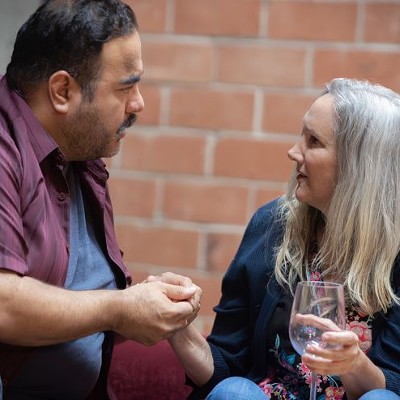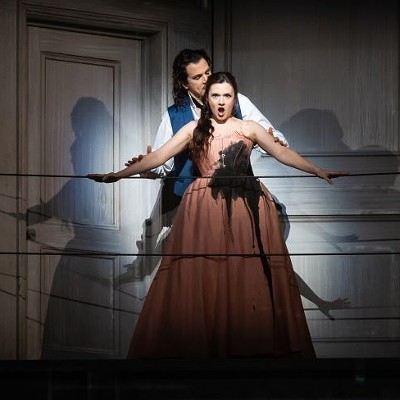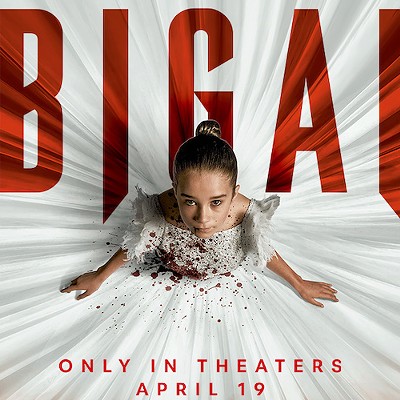Moody Gardens will be keeping extended hours this weekend for people to come see – and smell – this wonder of the wild. Giant corpse flowers, known by the scientific name Amorphophallus titanum, are equal parts beauty and beast.
On the beauty side, they can display gorgeous shades of maroon with a regal shape that is the picture of grace and splendor.
On the beast side, Morticia's species can grow more than 20 feet tall, weighs around 200 pounds and reeks like a combination of dead fish, dirty socks and a 1,000-year-old rotting carcass wrapped in a soured trash bag and left in the sun to bake.
But don’t blame Morticia for her putrid fragrance. Her distinctive, rancid aroma is something Mother Nature engrained in her millennia ago.
According to Donita Brannon, horticulture exhibit manager at Moody Gardens, the stench comes from its production of several molecules – dimethyl trisulfide, isovaleric acid, benzyl alcohol and phenol – that already smell bad enough individually. Mix them all together and let them stew, and there is a recipe meant for only the bravest of creatures.
To explain this evolutionary riddle of how a disgusting smell equates to animal attraction, Brannon further elaborates, "The corpse flower is considered the largest inflorescence in the world, meaning it has both male and female flowers on the same structure. The male and female flowers do not mature at the same time, so it cannot self-pollinate. That’s why it depends upon pollen from another plant and why it emits the odor to attract these pollinators."
The odor produced by these chemicals attracts carrion beetles and sweat flies, which help perpetuate the species’ existence by carrying its genetic load to other flowers.
In keeping with the corpse flower's peculiar nature, she is also a rare find. Her journey started halfway across the globe. They are native to Sumatra.
The species was discovered by Italian plant explorer Odoardo Beccari, and he first assumed the plant to be a man-eating flower based on its powerfully pungent, tremendous presence.
Beccari took seeds back to Florence, Italy, and when they started to sprout, the seedlings were given to The Royal Botanic Gardens at Kew in London. The first recorded bloom occurred in 1889, and police were recruited to control the crowds who lined up to witness her.
Up until now, the staff at Moody Gardens was on “bloom-watch” with such intensity that one might think this was the birth of a royal heir. Their anticipation is not unfounded. The flowers can take anywhere from two to ten years to bloom, with no guarantee that it will ever happen.
But look on the bright side. As a bonus, for anyone who's looking for a good “first date” idea, Moody Gardens is an easy choice. If you fart, you can just blame it on Morticia.
Moody Gardens’ Rainforest exhibit is open 10 a.m.–8 p.m. through Sunday, May 15, for all of Morticia’s fans. Admission is $21.95. 1 Hope Boulevard in Galveston. Visit www.moodygardens.org or call 800-582-4673 for more information.






